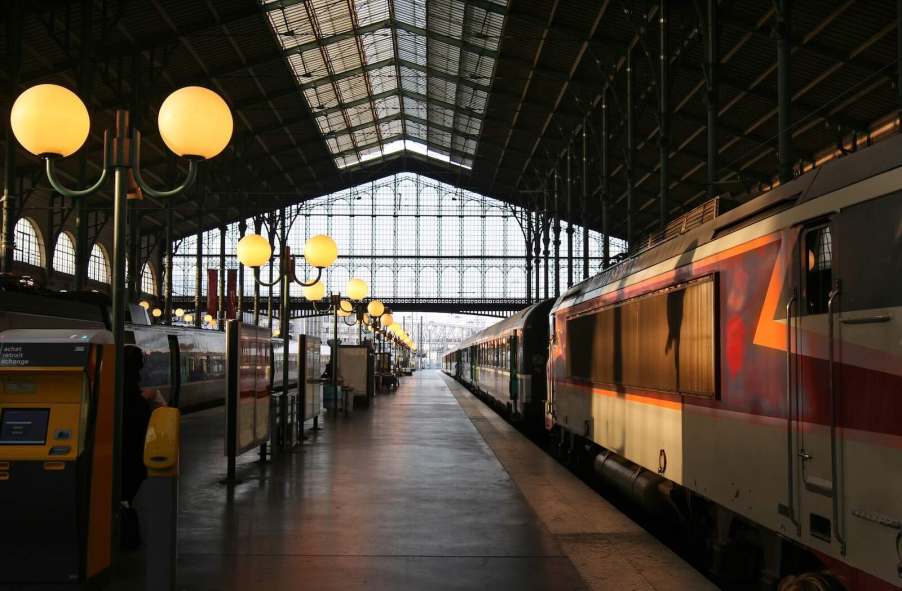
France once ordered a $20B fleet of new trains too ‘paunchy’ for its narrow old stations
Here in the U.S., we say “Measure twice, cut once.” If there’s a French version of that expression, their government could have saved itself a huge headache in 2014. Instead, they ordered 2,000 roomy new passenger trains to the tune of $20 billion, only to discover that a whopping 1,300 of their older stations were too narrow for the trains to fit. Yes, you read that right—brand new trains, too wide for their own platforms. How does that happen? Grab a seat, because this story’s a wild ride.
It all started with a major case of miscommunication between France’s national rail operator, SNCF, and RFF, the organization responsible for maintaining the railway infrastructure. See, SNCF trusted RFF to give them the right station measurements. But as the BBC put it, “the error seems to have happened because the national rail operator RFF gave the wrong dimensions to train company SNCF.” Instead of measuring all the stations, RFF only checked the newer ones, built within the last 30 years. Big mistake. They completely ignored the older stations, which were built when trains were slim and trim, not the “paunchy” models being ordered now.
RFF eventually realized their blunder but, as they admitted to the BBC, “they had ‘discovered the problem a bit late.’” Yeah, you could say that again. By the time anyone figured it out, the new trains were already rolling in. Now, France was stuck with 2,000 shiny new trains despite over 1,000 stations that just couldn’t handle them.
The aftermath? Pure chaos. SNCF and RFF scrambled to fix the issue, pouring 50 million euros into upgrading those outdated stations. CNN reported, “50 million euros were being spent on upgrading 1,300 platforms to accommodate the new trains,” but there was still more to do. The BBC confirmed, “there are still 1,000 platforms to be adjusted.” So, they were far from out of the woods.
In the blame game that followed, France’s Transport Minister, Frédéric Cuvillier, took aim at the division between SNCF and RFF, calling it an “absurd rail system.” He told CNN, “when you separate the rail operator from the train company, this is what happens.” Ouch. If you’ve ever dealt with a mix-up at work, you know that feeling all too well.
As France scrambled to modify the stations, the whole situation became a costly and embarrassing lesson in the importance of communication. The BBC noted, “construction work has already started to reconfigure station platforms,” but the overall cost? Still climbing. It wasn’t just a matter of shaving off a few inches; this was a massive infrastructure project involving some of the country’s oldest railway stations.
So, how did France manage to drop $20 billion on trains too big for their own stations? The answer is simple: they didn’t measure twice. It’s a classic case of cutting corners—only this time, the corners were station platforms, and the price tag was jaw-dropping. Let this be a reminder to always mind the gap… especially when you’re spending billions of euros on brand-new trains.



